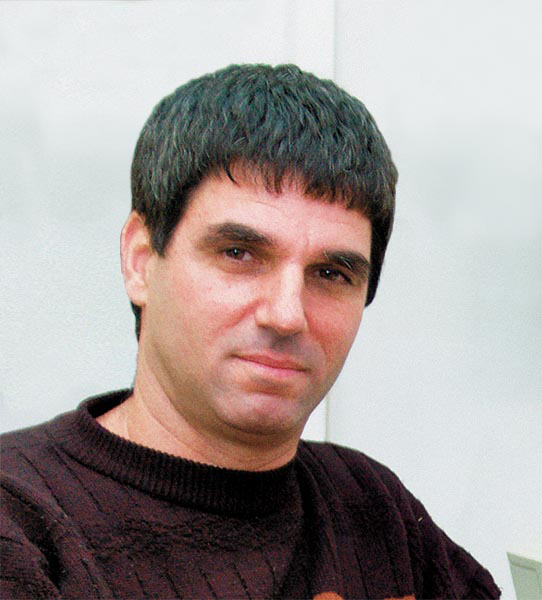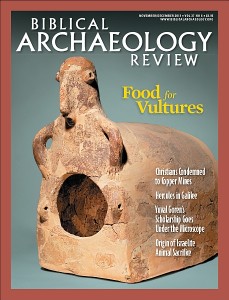Fudging with Forgeries
A closer look at Professor Yuval Goren’s “scholarship”

I must confess at the outset that I should be disqualified from writing this piece because its subject, Professor Yuval Goren of Tel Aviv University, has charged me with playing a “pivotal role” in the forgeries alleged in the so-called forgery trial of the century, now awaiting decision in a Jerusalem court. My involvement in the crime, he says, is “evident.”a
Nevertheless, I will proceed. The reader may make due allowance for my bias.
Professor Goren has been the single driving force that found at least three famous inscriptions to be forgeries. He spoke with authoritative influence because he is not a field archaeologist or a language or writing specialist, but a hard scientist who uses a microscope and scientific jargon. Others relied on his expertise.1 He led the troops in finding the following inscriptions, among others, to be forgeries:
(1) The well-known ossuary, or bone box, inscribed “James, son of Joseph, brother of Jesus.”
(2) A small ivory pomegranate inscribed “Belonging to the Tem[ple of Yahwe]h, holy to the priests.” If authentic, this pomegranate, probably the head of a sceptre, may have come from Solomon’s Temple.
Already a library member? Log in here.
Institution user? Log in with your IP address.

